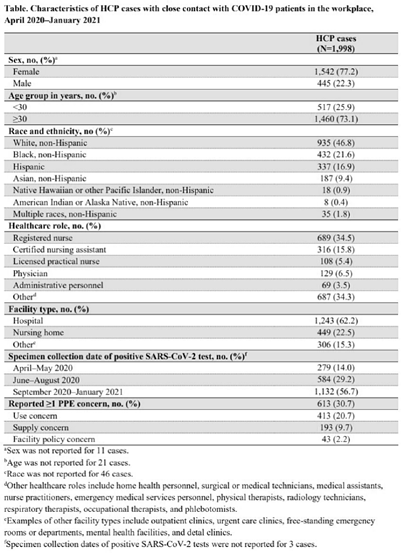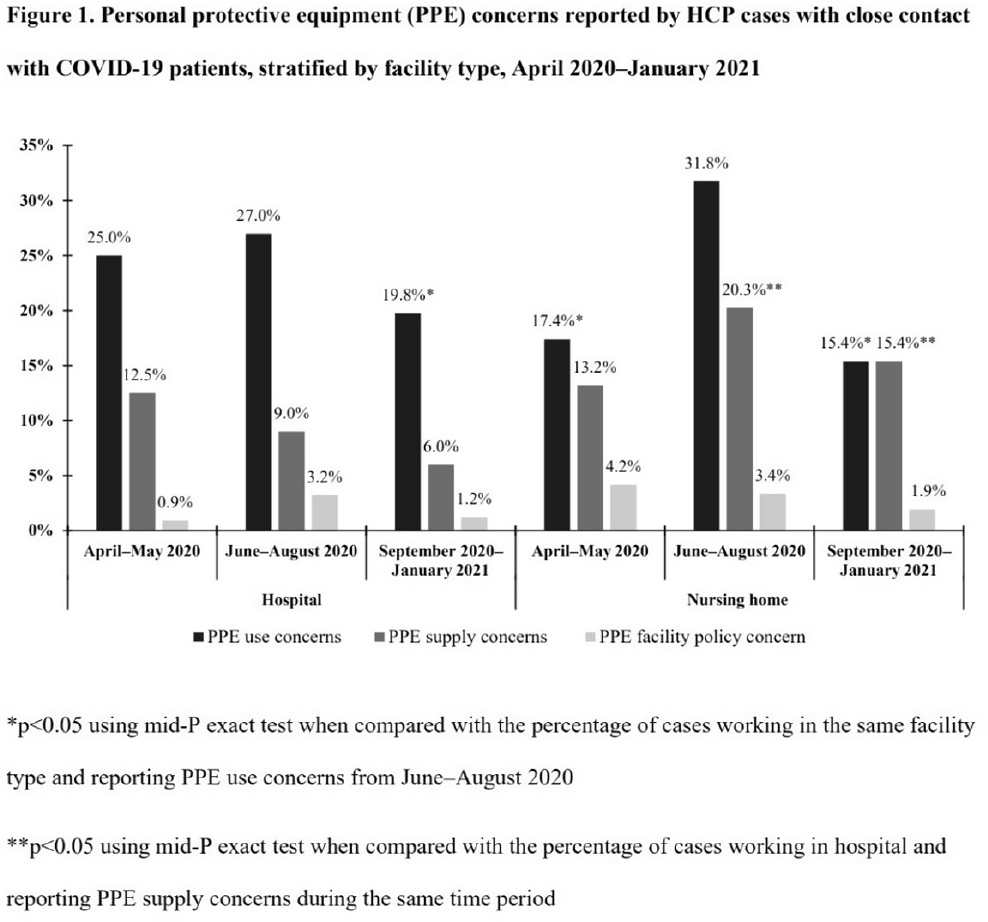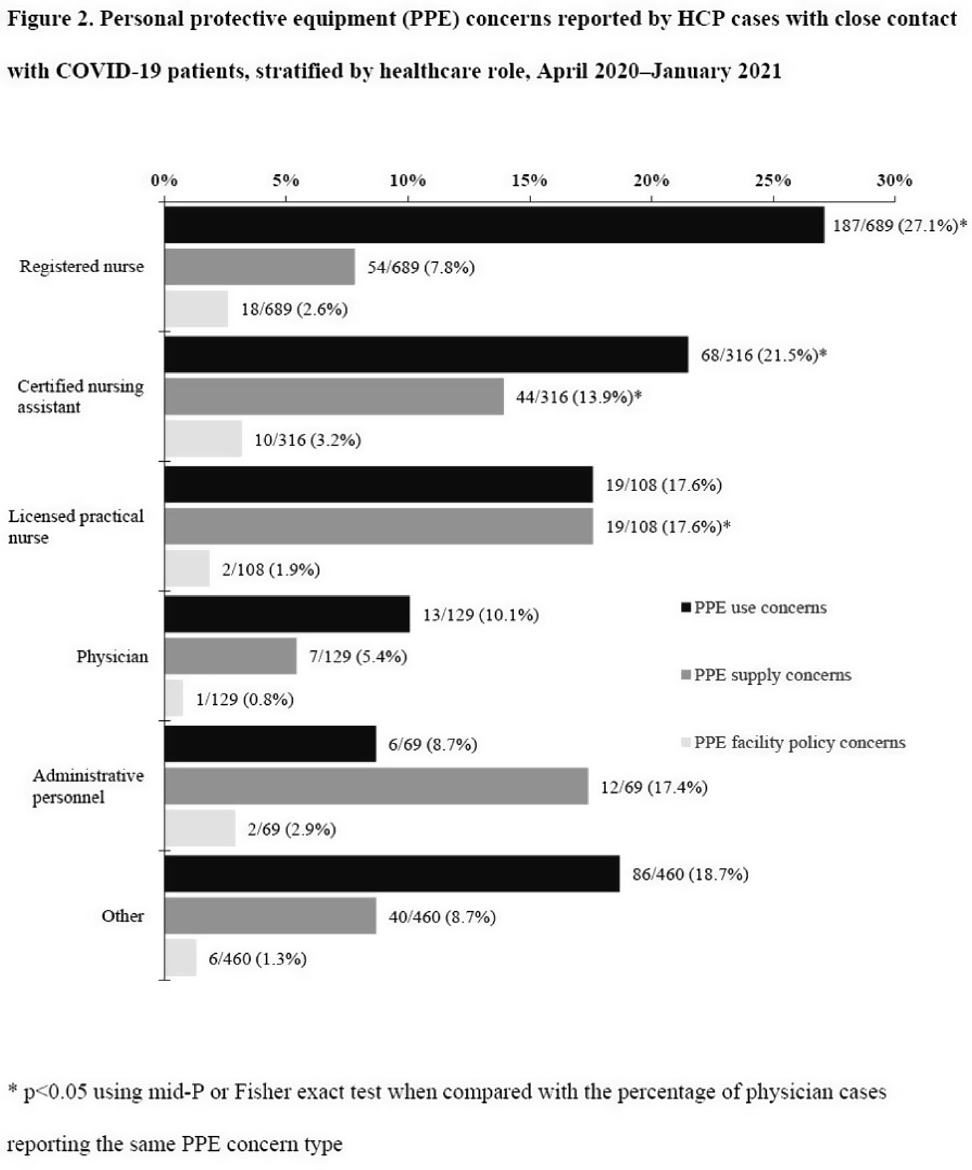87 results
Childhood adversities characterize the heterogeneity in the brain pattern of individuals during neurodevelopment
-
- Journal:
- Psychological Medicine , First View
- Published online by Cambridge University Press:
- 21 March 2024, pp. 1-13
-
- Article
- Export citation
2 The Contribution of Brain Metastases to Neurocognitive Functioning in Patients with Advanced Metastatic Cancer
-
- Journal:
- Journal of the International Neuropsychological Society / Volume 29 / Issue s1 / November 2023
- Published online by Cambridge University Press:
- 21 December 2023, pp. 682-683
-
- Article
-
- You have access
- Export citation
PP129 Health Technology Assessment Adaptation: Pharyngolaryngeal Biopsies (OLB) For People with Suspected Head and Neck Cancer in the Outpatient Setting
-
- Journal:
- International Journal of Technology Assessment in Health Care / Volume 39 / Issue S1 / December 2023
- Published online by Cambridge University Press:
- 14 December 2023, p. S86
-
- Article
-
- You have access
- Export citation
Antibiotic practice and stewardship in the management of neutropenic fever: A survey of US institutions
-
- Journal:
- Antimicrobial Stewardship & Healthcare Epidemiology / Volume 3 / Issue S2 / June 2023
- Published online by Cambridge University Press:
- 29 September 2023, p. s25
-
- Article
-
- You have access
- Open access
- Export citation
Extension event attendance increases adoption of weed management practices by sports field managers
-
- Journal:
- Weed Technology / Volume 37 / Issue 5 / October 2023
- Published online by Cambridge University Press:
- 20 September 2023, pp. 578-587
-
- Article
-
- You have access
- Open access
- HTML
- Export citation
Agricultural Research Service Weed Science Research: Past, Present, and Future
-
- Journal:
- Weed Science / Volume 71 / Issue 4 / July 2023
- Published online by Cambridge University Press:
- 16 August 2023, pp. 312-327
-
- Article
-
- You have access
- Open access
- HTML
- Export citation
Association of cannabis, cannabidiol and synthetic cannabinoid use with mental health in UK adolescents
-
- Journal:
- The British Journal of Psychiatry / Volume 223 / Issue 4 / October 2023
- Published online by Cambridge University Press:
- 24 July 2023, pp. 478-484
- Print publication:
- October 2023
-
- Article
-
- You have access
- Open access
- HTML
- Export citation
Advancing college food security: priority research gaps
-
- Journal:
- Nutrition Research Reviews / Volume 37 / Issue 1 / June 2024
- Published online by Cambridge University Press:
- 09 May 2023, pp. 108-120
-
- Article
-
- You have access
- Open access
- HTML
- Export citation
Timing Their Positions: Cosponsorship in the State Legislature
-
- Journal:
- State Politics & Policy Quarterly / Volume 23 / Issue 3 / September 2023
- Published online by Cambridge University Press:
- 02 May 2023, pp. 245-266
- Print publication:
- September 2023
-
- Article
-
- You have access
- Open access
- HTML
- Export citation
Reduced Healthcare Resource Utilization in Patients With Chronic Insomnia 24 Months After Treatment With Digital CBT-I: A Matched-Control Study
-
- Journal:
- CNS Spectrums / Volume 28 / Issue 2 / April 2023
- Published online by Cambridge University Press:
- 14 April 2023, pp. 228-229
-
- Article
-
- You have access
- Export citation
A multimodal strategy to improve race/ethnic group equity in administration of neutralizing monoclonal antibody treatment for COVID-19 outpatients
-
- Journal:
- Journal of Clinical and Translational Science / Volume 7 / Issue 1 / 2023
- Published online by Cambridge University Press:
- 10 February 2023, e37
-
- Article
-
- You have access
- Open access
- HTML
- Export citation
Creating a culture that supports food security and health equity at higher education institutions
-
- Journal:
- Public Health Nutrition / Volume 26 / Issue 3 / March 2023
- Published online by Cambridge University Press:
- 02 November 2022, pp. 503-509
-
- Article
-
- You have access
- Open access
- HTML
- Export citation
The ‘human element’ in the social space of the courtroom: framing and shaping the deliberative process in mental capacity law
-
- Journal:
- Legal Studies / Volume 42 / Issue 4 / December 2022
- Published online by Cambridge University Press:
- 24 May 2022, pp. 715-734
- Print publication:
- December 2022
-
- Article
-
- You have access
- Open access
- HTML
- Export citation
Pediatric Blast Trauma: A Systematic Review and Meta-Analysis of Factors Associated with Mortality and Description of Injury Profiles
-
- Journal:
- Prehospital and Disaster Medicine / Volume 37 / Issue 4 / August 2022
- Published online by Cambridge University Press:
- 23 May 2022, pp. 492-501
- Print publication:
- August 2022
-
- Article
-
- You have access
- Open access
- HTML
- Export citation
Characteristics of healthcare personnel who reported concerns related to PPE use during care of COVID-19 patients
-
- Journal:
- Antimicrobial Stewardship & Healthcare Epidemiology / Volume 2 / Issue S1 / July 2022
- Published online by Cambridge University Press:
- 16 May 2022, pp. s8-s9
-
- Article
-
- You have access
- Open access
- Export citation
Defining the role of the hypothalamic-pituitary-adrenal axis in the relationship between fetal growth and adult cardiometabolic outcomes
-
- Journal:
- Journal of Developmental Origins of Health and Disease / Volume 13 / Issue 6 / December 2022
- Published online by Cambridge University Press:
- 21 April 2022, pp. 683-694
-
- Article
-
- You have access
- Open access
- HTML
- Export citation
Risk clustering and psychopathology from a multi-center cohort of Indian children, adolescents, and young adults
-
- Journal:
- Development and Psychopathology / Volume 35 / Issue 2 / May 2023
- Published online by Cambridge University Press:
- 08 April 2022, pp. 800-808
-
- Article
- Export citation
Suicide and other causes of death among working-age and older adults in the year after discharge from in-patient mental healthcare in England: matched cohort study
-
- Journal:
- The British Journal of Psychiatry / Volume 221 / Issue 2 / August 2022
- Published online by Cambridge University Press:
- 14 December 2021, pp. 468-475
- Print publication:
- August 2022
-
- Article
-
- You have access
- Open access
- HTML
- Export citation
A longitudinal study of predictors of serious psychological distress during COVID-19 pandemic
-
- Journal:
- Psychological Medicine / Volume 53 / Issue 6 / April 2023
- Published online by Cambridge University Press:
- 11 October 2021, pp. 2418-2426
-
- Article
-
- You have access
- Open access
- HTML
- Export citation
Effect of frequent assessment of suicidal thinking on its incidence and severity: high-resolution real-time monitoring study
-
- Journal:
- The British Journal of Psychiatry / Volume 220 / Issue 1 / January 2022
- Published online by Cambridge University Press:
- 09 July 2021, pp. 41-43
- Print publication:
- January 2022
-
- Article
-
- You have access
- HTML
- Export citation






